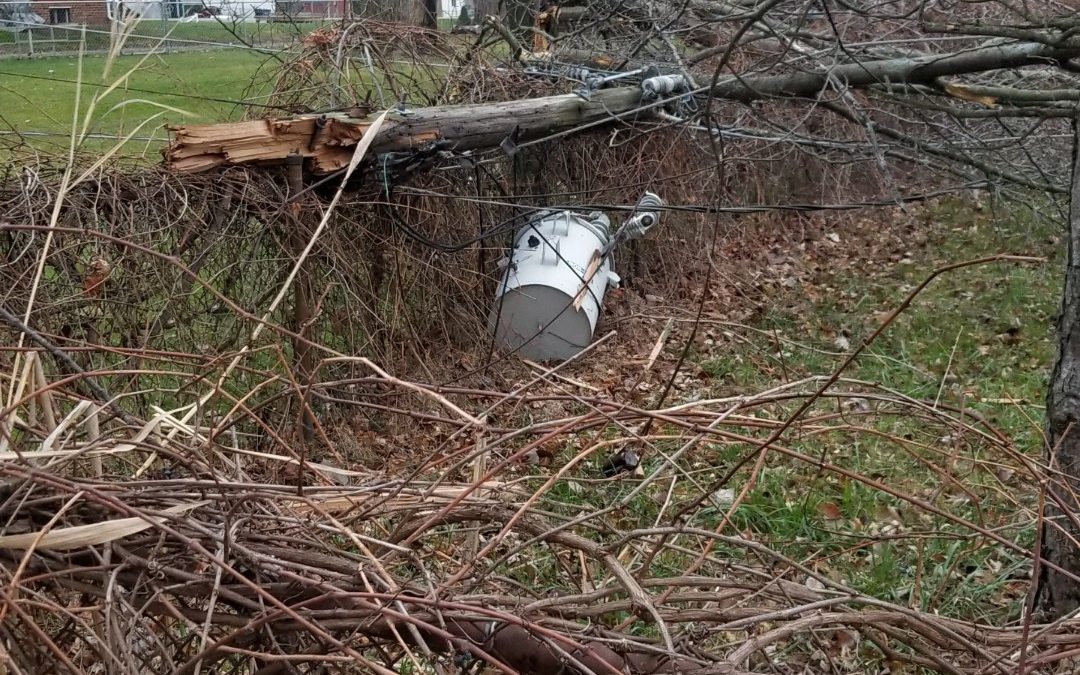Last year was stormy in Southeast Michigan. Our region was hit with more than a dozen storms — four of those were considered volatile with winds reaching over 50 mph. In fact, the winds from the storm in November 2020 were similar to March of 2017. You may remember, the 2017 storm caused one-third of DTE’s 2.2 million electric customers to lose power. But thanks to electric infrastructure investments, the impact of November’s storm was significantly less.
Since 2017, we have been aggressively modernizing our infrastructure to make it more resilient and adaptable to weather storms.
The improvements include trimming more than 4,500 miles of trees, the distance from Detroit to Las Vegas and back. Fallen trees and branches are responsible for 50% of the time our customers spend without power.
Crews have also inspected and upgraded thousands of utility poles and replaced wood cross arms with stronger fiberglass cross arms on overhead power lines. Overhead power lines are prone to damage caused by strong winds, ice, heat and accidents.
In addition, there have been significant investments in the latest technology like smart grid sensors. The sensors monitor disturbances on the power grid — things like a tree touching a power line or a small dip in voltage due to a deteriorating piece of equipment. These improvements have reduced the average outage duration by almost 25%.
“In April, we had a pretty high windstorm out in the area and did not lose power at all, which is shocking in a really good way,” said Jon Emaus, Brighton resident and city council member. “In a storm when we would have normally anticipated losing power, we didn’t have any outages.”
DTE also attributes the reduction in the length and number of outages to a virtual emergency headquarters coupled with a new Incident Command System structure. Established this spring, the new structure allows cross-functional teams to collaborate and address urgent work faster.
DTE is committed to providing safe and dependable power for customers during good and bad weather. The company will continue to invest in projects that focus on building a more resilient infrastructure.
